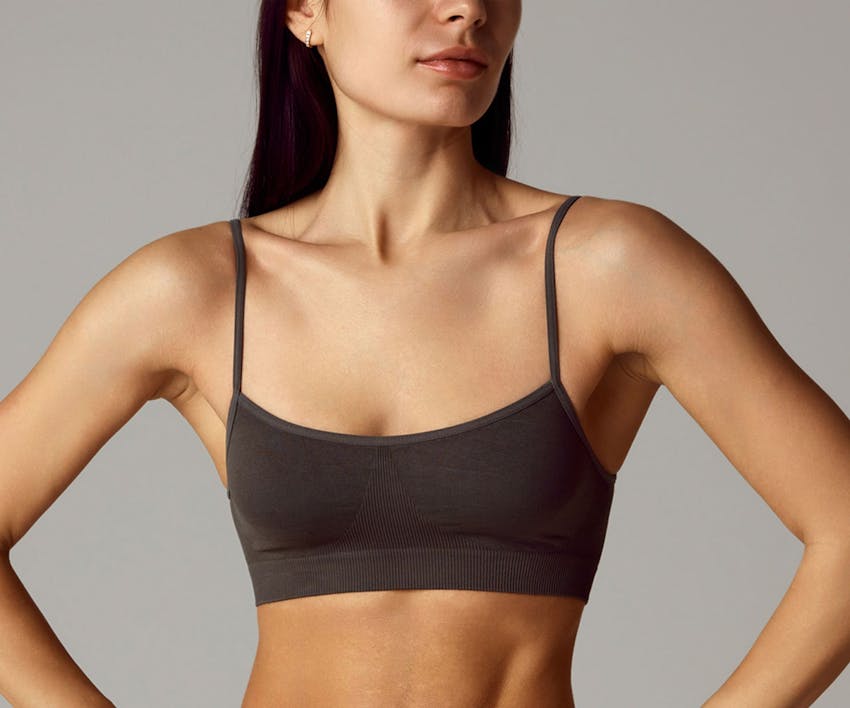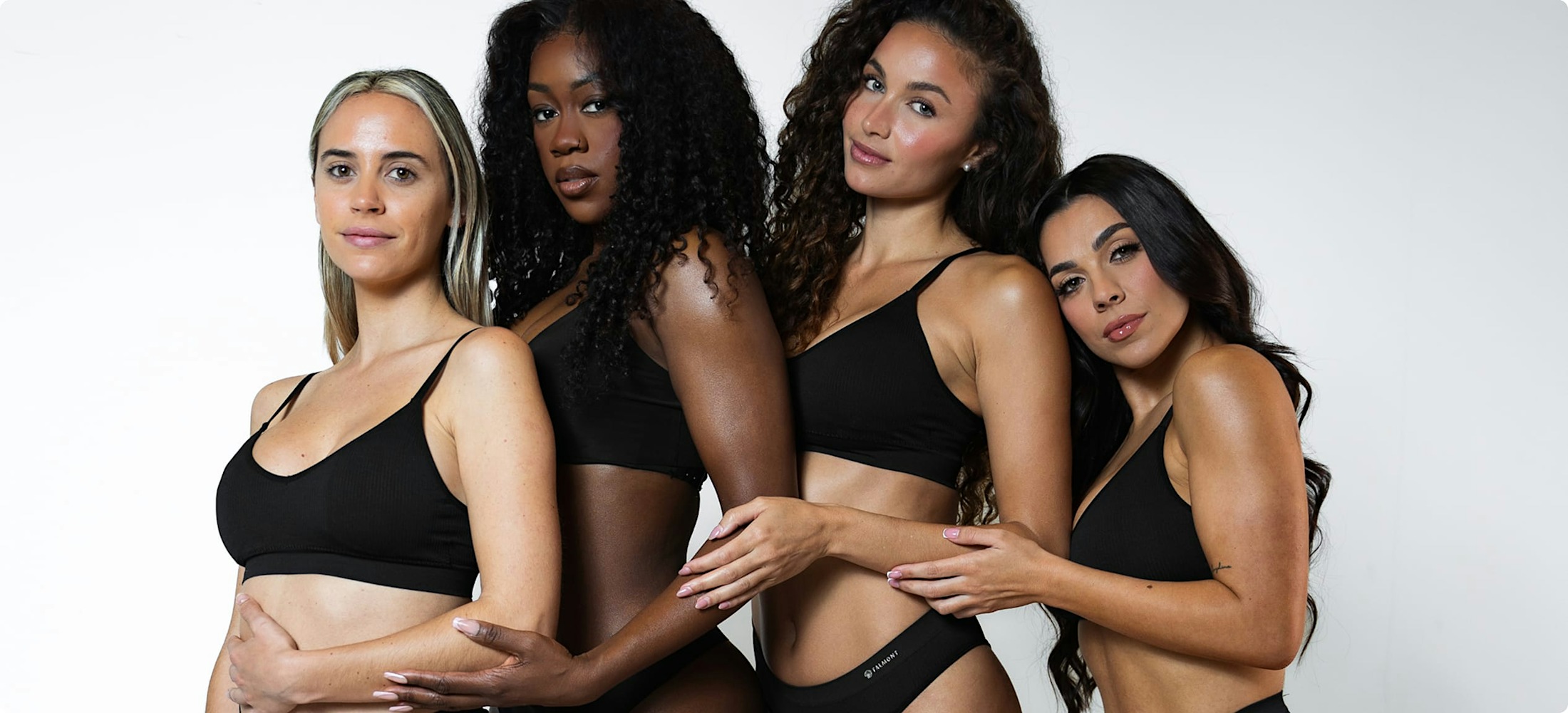Whether your goal is enhancement, reduction, or lift, Dr. Nathan provides compassionate care and beautifully natural results. Every procedure is tailored to align with your body and your vision.

Breast Augmentation
Breast Augmentation
Breast augmentation is a transformative procedure designed to enhance shape, restore volume, and achieve a balanced, feminine silhouette.

Breast Lift
Breast Lift
A breast lift restores a youthful, elevated breast position by addressing sagging, reshaping contours, and refining nipple placement.

Breast Augmentation w/ Fat Transfer
Breast Augmentation w/ Fat Transfer
Breast augmentation with fat transfer offers a subtle, natural-looking enhancement.

Breast Reduction
Breast Reduction
More isn’t always better! Breast size is a very personal preference influenced by overall physical stature, sense of style, and comfort.





